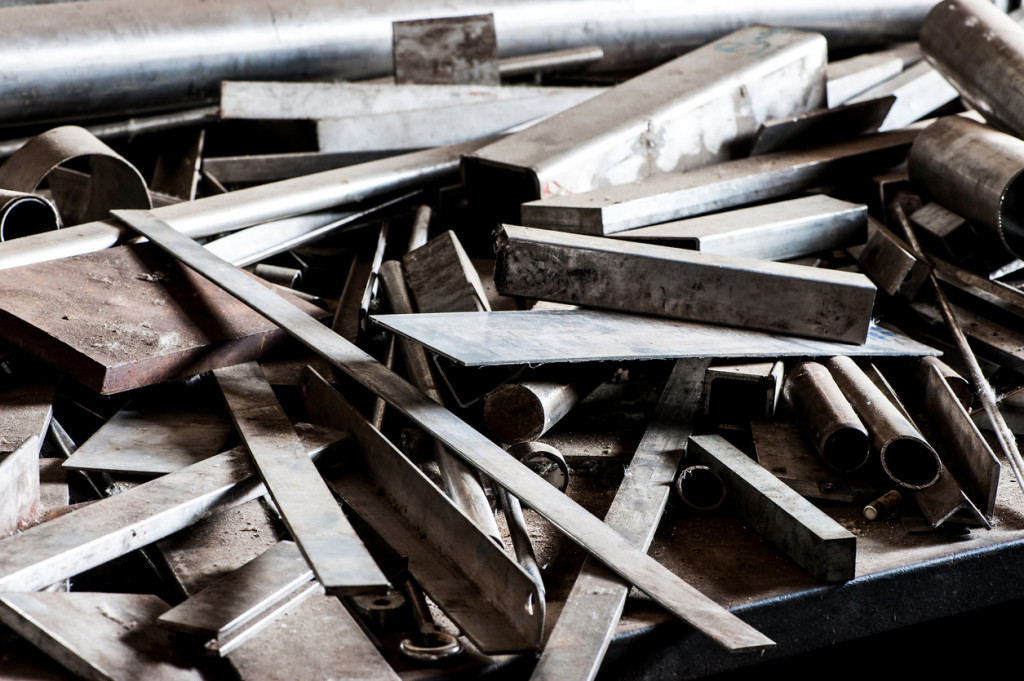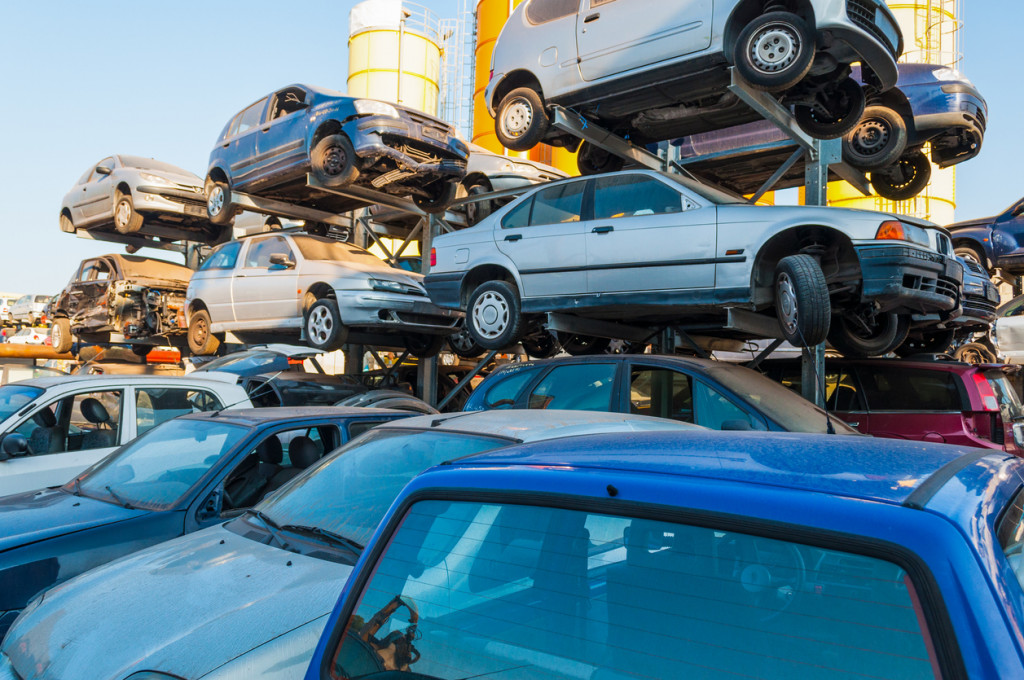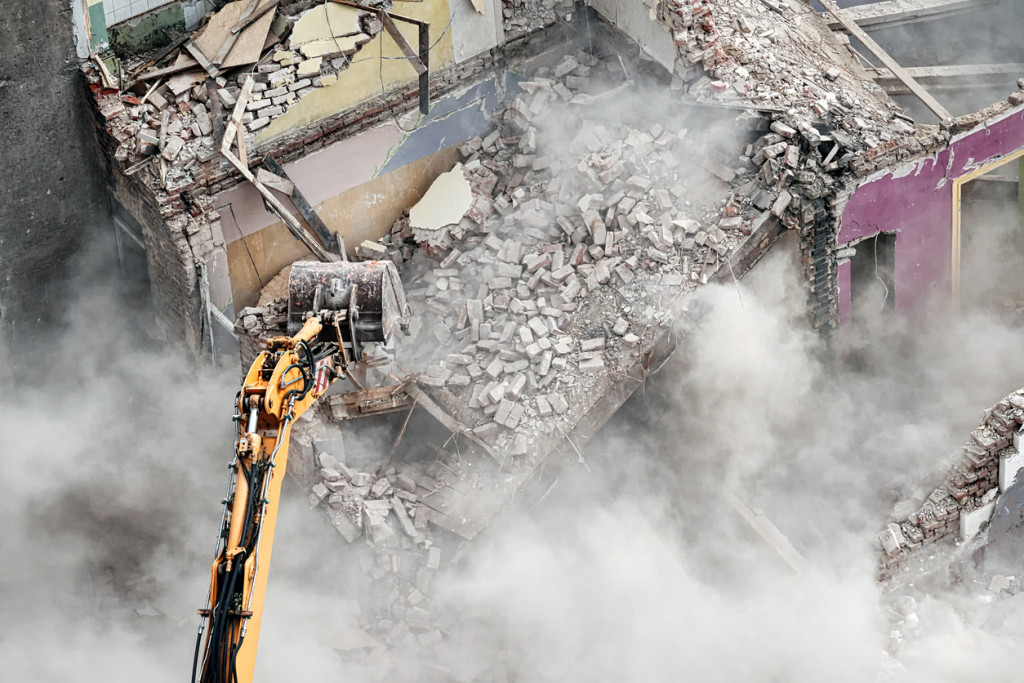The scrap metal recycling industry relies on incoming scrap metal to process and turn into new metal. Scrap comes from several different streams; the average consumer may not even realise how many recourses are utilised to reclaim metal. When some people think of scrap metal, they picture the crushed aluminium drinks cans in their domestic recycling boxes. Others might think of old cars stacked on top of one another in a scrapyard. The truth is, scrap metal is everywhere, but not all scrap is created equal. Today, we will explore the different types of scrap metal, where they typically come from, and how they’re processed.
What Are Home and Prompt Scrap Metal?
Home and prompt scrap metal are similar. They are the residual metal leftover from a manufacturing process that never reaches the marketplace and isn’t visible to the average consumer. But there is a distinct difference between the two.
Home scrap metal is used within the facility in which it was created – most commonly a steel mill. The scrap produced from the process of manufacturing new steel never leaves the facility. Instead, it is recycled back into the process – made possible by steel’s capabilities to be infinitely recycled without any detrimental effects on the metal’s properties.
Prompt scrap, on the other hand, is new, clean scrap metal left over from the manufacturing of products like sheet metal, vehicles or electronics. The difference is that the manufacturer doesn’t have the facilities to process the scrap ‘in-house.’
Prompt scrap is harder to obtain because it is a clean, high-quality metal that doesn’t require as much processing as some of the other types of scrap – which we will discuss in this article. Manufacturers are aware of the value of prompt scrap, and so it will usually be sold either through a pre-arranged contract or at an auction.
What is Obsolete Scrap?
Obsolete scrap is what most people probably picture when they think of scrap metal – consumer products that have fulfilled their purpose and reached the end of their life. Obsolete scrap can be as small as an aluminium drink can or as large as old domestic appliances and vehicles. Whilst the name ‘obsolete’ suggests there is no further use for the item, they are still useful in other ways. Obsolete scrap is the bread and butter of scrap metal recycling, we take these items that are considered trash and transform them into a material that can be used again.
Larger obsolete scrap is the type of metal that scrap metal dealers typically compile and process. Because this metal is sourced from products that are now obsolete, it requires much more processing than home or prompt scrap metal. Obsolete scrap is plentiful, but unlike metal offcuts from manufacturing processes, it is often mixed with other materials and is not readily useable. It needs to be appropriately sorted, processed and shredded before it is suitable for recycling. That’s where scrap metal recycling and processing sites like Morecambe Metals come in. We have the necessary machinery and equipment to effectively process many kinds of scrap metal before shipping it to mills where it can be recycled into new metals.
Industrial Scrap from Dismantling
There is ample scrap metal to be salvaged from industrial dismantling – which involves the demolition of old buildings like factories and warehouses and obsolete machinery. The difference with this type of scrap compared to other obsolete scrap that has reached the end of its life is that you will require someone who offers commercial metal recycling services to perform a clearance of the site. In addition, industrial dismantling doesn’t just apply to defunct sites that are no longer in use – it can apply to a functioning warehouse or factory that has accumulated a large volume of scrap metal over time.
Industrial dismantling can be a hazardous process as it often involves the removal of dangerous materials and the moving of incredibly heavy objects. It’s important that this work is carried out by a trained team who have the specialist equipment required to dismantle, salvage and process large pieces of scrap metal.
Heavy Melting Steel
The most abundant metal in obsolete scrap salvaging is Heaving Melting Steel or HMS, which includes used steel and wrought iron. HMS is exclusively made up of obsolete scrap metal and is separated into two categories:
- HMS1 – Obsolete steel and wrought iron that does not contain blackened or galvanised steel
- HMS2 – Obsolete steel and wrought iron that does contain blackened or galvanised steel
The two categories are then broken down into subcategories determined by the size and thickness of the scrap metal pieces. Shredding obsolete scrap metal down into small pieces makes it much easier to ship large volumes to steel mills worldwide, where it can be melted down and reformed into useable metal.
As you can see, recycling various types of scrap metal varies greatly, from putting a used drink can in your at-home recycling bin to dismantling entire facilities and breaking the reclaimed metal down into shippable pieces. Here at Morecambe Metals, we’ve been recycling scrap metal for over 35 years, and we have the facilities and equipment to process all kinds of obsolete scrap, no matter how large. If you would like any more information about the work we do, please contact us today.




